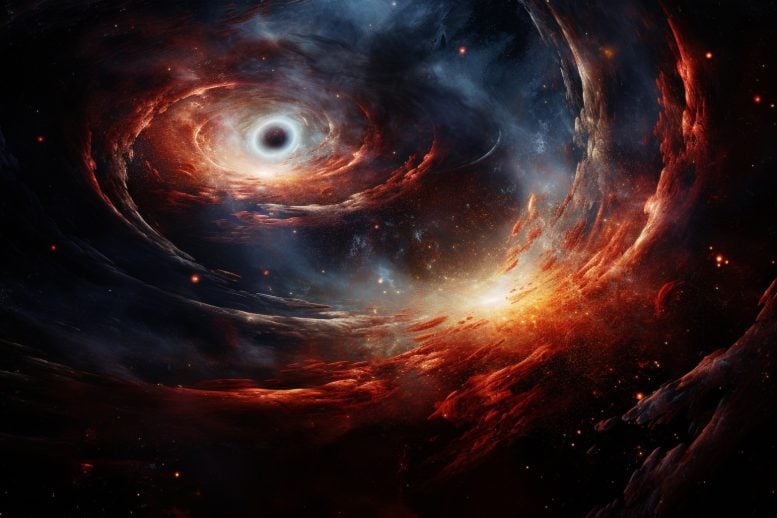
The researchers from the International Centre for Theoretical Sciences in Bengaluru have proposed a method to measure the universe’s expansion rate using gravitational waves from merging black hole pairs. Utilizing advanced gravitational wave detectors, they plan to examine repeated black hole mergers and the delay between them to calculate the expansion rate without needing exact information about the galaxies or black hole pairs involved.
In 1929, astronomers discovered that galaxies are streaming away from us and each other. They interpreted this observation that the universe is expanding. However, when they measured how fast it is expanding, they got different answers using different methods. The difference continues to be a thorn in their description of the expanding universe.
A potential solution has been proposed by a research team headed by Souvik Jana from the International Centre for Theoretical Sciences in Bengaluru. Their paper, recently published in the Physical Review Letters, has been highlighted as an Editor’s suggestion.
The solution hinges on studying gravitational waves, ripples in spacetime, which astronomers first detected in 2015. The team studied how gravity itself affects gravitational waves.
As pairs of black holes merge into a single black hole in a cosmic dance, they emit gravitational waves. As they reach the Earth, kilometer-lengthed detectors help scientists study the properties of the black hole pairs. Massive galaxies occupying the space between the black holes and the Earth change the paths of these spacetime ripples, resulting in the detectors recording multiple copies of the same waves. Astronomers call this phenomenon gravitational lensing.
“We have been observing the gravitational lensing of light for over a century,” said Parameswaran Ajith, a co-author of the study. “We expect the first observation of lensed gravitational waves in the next few years!”
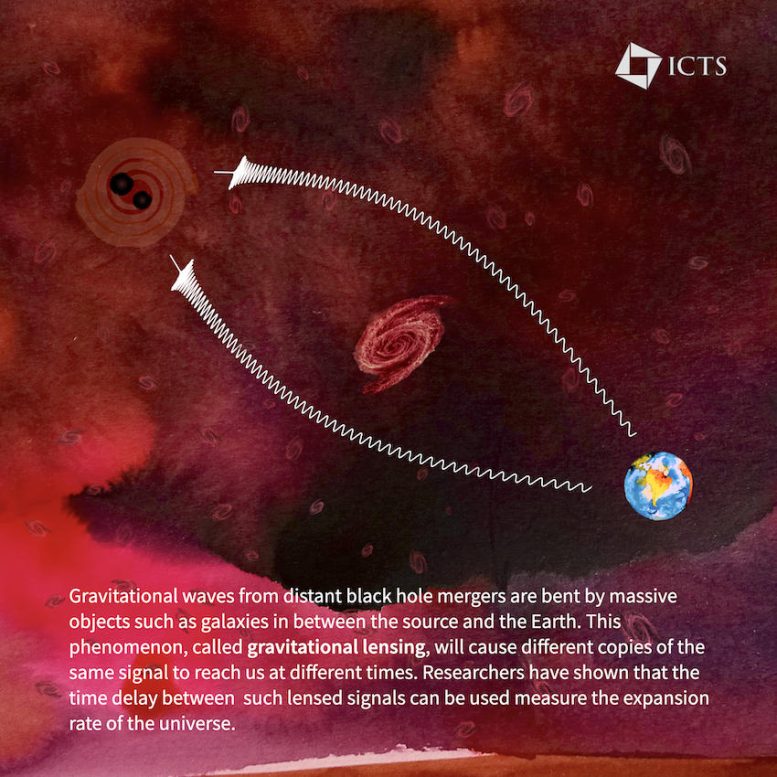
Strong lensing of gravitational waves graphic. Credit: Parameswaran Ajith (ICTS)
In the next two decades, scientists will start running advanced gravitational wave detectors in search of the merging black holes. “Future detectors will be able to see out to much larger distances than the existing ones,” explained Shasvath J. Kapadia, from the Inter-University Centre for Astronomy and Astrophysics in Pune, one of the co-authors of the study. Tejaswi Venumadhav from the University of California at Santa Barbara, another co-author, said they will be able to detect weaker gravitational wave signals that get buried in the noise affecting present detectors.
Astronomers estimate that the advanced detectors will record signals from a few million black hole pairs, each merging to form a mega-black hole. Among these, about 10,000 black hole mergers will appear more than once in the same detector due to gravitational lensing.
The team led by Souvik demonstrated that by counting the number of such repeat black hole mergers and studying the delay between them, they can measure the universe’s expansion rate. As the data from advanced gravitational wave detectors trickle in over the next two decades, their method can potentially measure the universe’s expansion rate accurately.
The team’s proposal, said Souvik, does not require knowing the properties of the individual galaxies which create multiple copies of gravitational waves, the distances to the black hole pairs, or even their exact location in the sky. Instead, it only requires an accurate method of knowing which signals are lensed. Scientists are improving their techniques to identify the repeat signals, adds Shasvath.
Gravitational lensing requires the astronomical source to be far away. The black hole pairs fit this criterion, which can originate a whooping 13.3 billion years ago, barely 500 million years old after the universe’s birth.
Shasvath cautions that their proposed method will be helpful only when the advanced detectors record millions of black hole mergers. Presently, the team is studying how such a future observation will be able to tell apart different models of the universe that cosmologists have proposed.
The models, the team explained, attempt to solve mysteries of the elusive dark matter, a form of matter that does not interact with light. The dark matter hypothesis solves the astronomer’s problem of explaining why galaxies have the observed mass. However, scientists are still unsure of the dark matter’s properties, leading to various dark matter models.
The team’s ongoing research suggests that future observations of lensed gravitational waves will serve as a tool to study the properties of dark matter.
Reference: “Cosmography Using Strongly Lensed Gravitational Waves from Binary Black Holes” by Souvik Jana, Shasvath J. Kapadia, Tejaswi Venumadhav and Parameswaran Ajith, 30 June 2023, Physical Review Letters.
DOI: 10.1103/PhysRevLett.130.261401



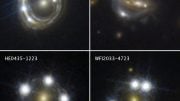
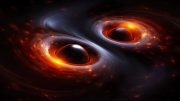


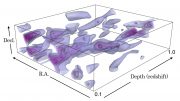
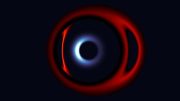
It seems to me that the unstated assumption is that the universe is symmetric and isotropic. It may not be. Einstein demonstrated that space is curved. The farther back in time one looks, the greater the curvature if the universe originated from a point. Also, if the original point has expanded to a thick film, the fastest matter should be at a greater radial distance from the origin. The apparent expansion should appear Pi*D faster if looking in the direction of the circumference, compared to looking along the radial direction, with intermediate values between the two orthogonal directions. The problem is, we don’t know the direction of the origin of the universe and all light is constrained to the thick shell by the mass of all matter, including Dark Matter. Clumped mass anomalies may also change the expansion ‘locally.’
One needs to always examine their assumptions, and carefully define what is being measured.
As AE might say, there is no radial or circumferential direction in our 3D space. Everyone sees the same general expansion from wherever they view it. No perspective is special.
That unsupported assertion doesn’t explain the difficulties in getting agreement on the rate of expansion.
“Einstein demonstrated that space is curved.”
Way to make it look like a kindergarten page now. Can’t imagine a better place for an advanced discussion than on a kindergarten page.
What discussion? You’re just sniping. How about doing some “advanced” discussing rather than just acting like a snob?
Keep making all the pages you visit kindergarten ready, if you think it’s such a great idea, and I’ll keep confining my comments on the page to noting it’s now a kindergarten page.
They’re going to “record signals from a few million black hole pairs”? Good luck with that.
Surely you don’t think all of the matter and energy we see now was stuffed in a space smaller than a proton for a single Big Bang! As you may know, quantum mechanics proposes a roiling quantum foam energy field everywhere in the universe, and the right kind of energy spikes creates string/anti-string pairs. These pairs immediately annihilate each other, but I suggest a process similar to Hawking radiation that form permanent strings that are the basis of all the matter and energy we have. This is a Big Bang/Big Crunch cycle, over and over, that also describes how inflation started and stopped. Interestingly, this same process can be used to form the galaxies we see. Gravity is far too weak to cause anything to combine rather than flying apart from the enormous force of the Big Bang. Specifics for the physical creation of the universe and the galaxies can be found by searching YouTube for “Creating Universes – A String Theory Way”